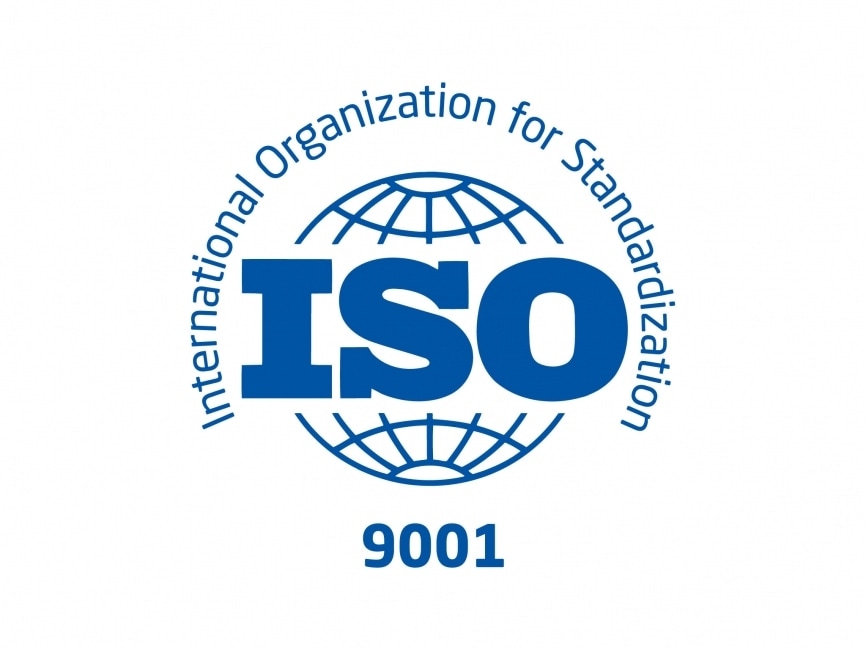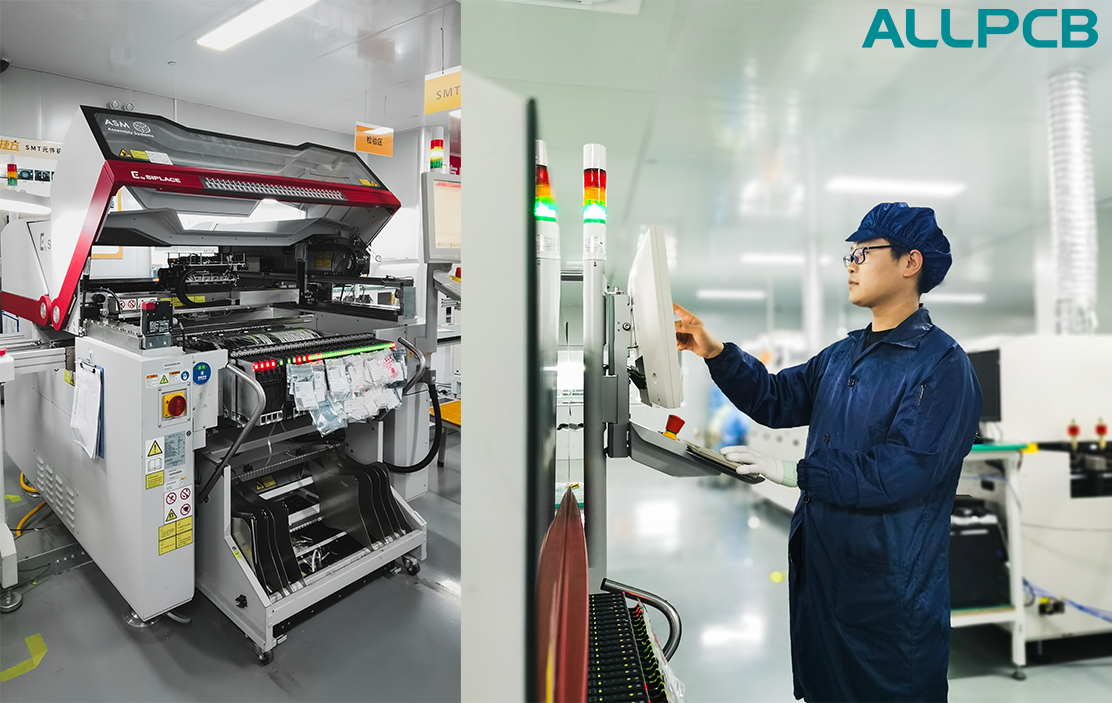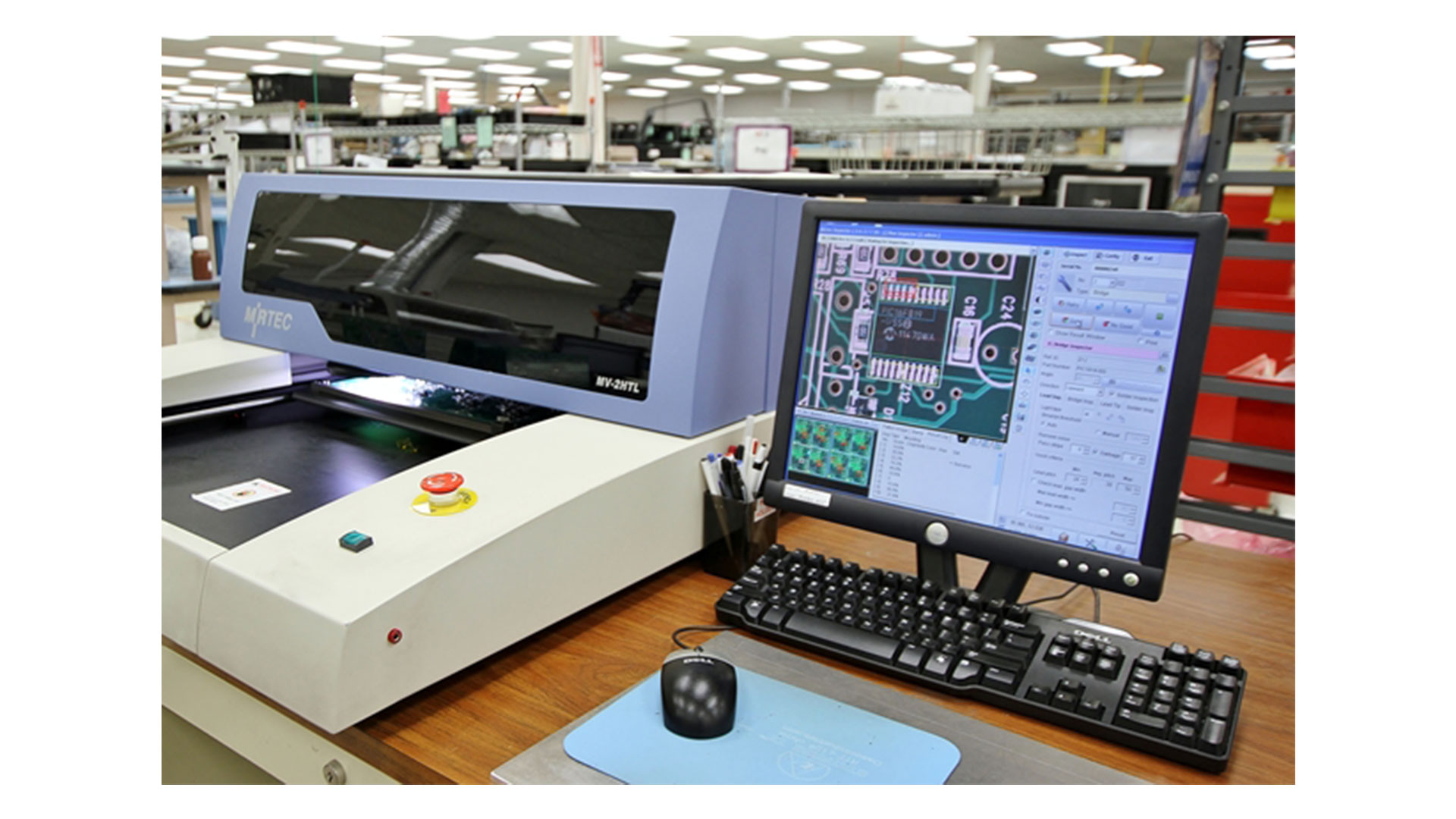In the fast-paced world of electronics, printed circuit boards (PCBs) are the backbone of countless devices, from smartphones to medical equipment. Ensuring their quality is non-negotiable, as even minor defects can lead to costly failures or safety risks. This is where ISO 9001 certification shines, setting a global benchmark for quality management systems (QMS) that PCB manufacturers rely on to deliver reliable, high-performing products. In this blog, we explore how ISO 9001 certification elevates PCB manufacturing quality, offering engineers actionable insights into why it matters and how it impacts their projects.
What Is ISO 9001 Certification?
ISO 9001, developed by the International Organization for Standardization (ISO), is the world's most widely recognized standard for quality management systems, with over 1.1 million organizations certified across 189 countries as of 2025. It outlines requirements for establishing, implementing, and continually improving a QMS to ensure consistent product quality, customer satisfaction, and regulatory compliance. For PCB manufacturers, ISO 9001 provides a structured framework to manage complex processes, from design to assembly, while minimizing errors and optimizing efficiency.
Unlike industry-specific standards, ISO 9001 is versatile, applying to organizations of all sizes and sectors. It emphasizes principles like customer focus, leadership, process approach, and continuous improvement. For engineers, this means partnering with an ISO 9001-certified manufacturer ensures predictable, high-quality outcomes, reducing risks in their projects.

Why ISO 9001 Matters in PCB Manufacturing
PCB manufacturing is a complex process involving multiple stages—design, material selection, fabrication, assembly, and testing. Each step presents opportunities for errors, such as incorrect trace widths, poor solder joints, or material inconsistencies, which can compromise performance. For example, a 0.1 mm deviation in trace width can alter impedance by up to 10%, affecting signal integrity in high-speed circuits. ISO 9001 addresses these challenges by enforcing rigorous process controls and documentation, ensuring every PCB meets exact specifications.
The standard's focus on quality management directly benefits engineers. It guarantees that manufacturers prioritize defect prevention, traceability, and consistent output. This is critical in industries like aerospace, where AS9100 (an extension of ISO 9001) ensures PCBs meet stringent safety and reliability standards, or medical devices, where ISO 13485 compliance ensures risk management for patient safety. By choosing an ISO 9001-certified manufacturer, engineers gain confidence that their PCBs will perform reliably in mission-critical applications.
Key Ways ISO 9001 Elevates PCB Manufacturing Quality
ISO 9001 transforms PCB manufacturing by embedding quality into every aspect of the process. Below, we break down the key ways it drives excellence, with specific examples relevant to engineers.
1. Standardized Processes for Consistency
ISO 9001 requires manufacturers to document and follow standardized procedures for every stage of PCB production. This minimizes variability, ensuring that a 4 layer PCB with 50 µm trace spacing fabricated today performs identically to one produced six months later. For instance, standardized solder paste application processes ensure consistent joint quality, reducing the risk of open circuits, which can account for up to 30% of assembly defects.
Standardization also enables repeatability across high-volume orders. Engineers working on automotive projects, where IATF 16949 (built on ISO 9001) is common, benefit from consistent PCB quality that meets stringent automotive reliability standards.

2. Robust Quality Control and Testing
Quality control is at the heart of ISO 9001. Certified manufacturers implement rigorous testing protocols, such as Automated Optical Inspection (AOI) and In-Circuit Testing (ICT), to catch defects early. AOI inspection, for example, uses high-resolution cameras to detect issues like misaligned components or solder bridges, achieving defect detection rates of over 95%. ICT verifies electrical connectivity, ensuring no open or short circuits, which is critical for high-density PCBs with 0.5 mm pitch components.
ISO 9001 also mandates performance evaluation, requiring manufacturers to monitor metrics like defect rates and yield. For engineers, this translates to fewer field failures—studies show that ISO 9001-certified companies achieve up to 20% lower defect rates compared to non-certified ones.
3. Customer Focus and Specification Adherence
ISO 9001 emphasizes meeting customer requirements, which is crucial for engineers submitting detailed PCB designs. Certified manufacturers work closely with clients to ensure specifications, such as controlled impedance of 50 ± 5 ohms for high-speed signals, are met precisely. They also maintain clear communication, providing Design for Manufacturability (DFM) feedback to optimize designs before production.
For example, a manufacturer might flag a via placement issue that could cause signal crosstalk, saving engineers costly redesigns. This customer-centric approach ensures PCBs align with project goals, whether for consumer electronics or industrial applications.
4. Continuous Improvement for Long-Term Reliability
Continuous improvement is a core ISO 9001 principle. Manufacturers analyze data from production and customer feedback to identify areas for enhancement. For instance, if X-ray inspections reveal micro-cracks in 1% of multilayer PCBs, a certified manufacturer might adjust lamination parameters to eliminate the issue, improving reliability.
This proactive approach benefits engineers by ensuring PCBs keep pace with evolving technology. In high-frequency applications, where signal loss must be below 0.5 dB/cm at 10 GHz, continuous process refinements ensure consistent dielectric performance over time.
5. Risk Management and Traceability
ISO 9001 requires manufacturers to identify and mitigate risks throughout the PCB lifecycle. This includes verifying component authenticity to prevent counterfeits, which can cause up to 15% of electronics failures in critical systems. Traceability systems track materials and processes, ensuring that if a batch of PCBs fails due to a specific resin lot, the issue can be isolated and resolved quickly.
For engineers, this means greater confidence in supply chain reliability, especially for projects requiring compliance with standards like UL 796 for PCB safety or RoHS for hazardous substance restrictions.
Suggested Reading: ISO 9001 PCB Certification: How Standardized Processes Lead to Superior Circuit Board Performance
Challenges of Achieving and Maintaining ISO 9001 Certification
While ISO 9001 delivers significant benefits, achieving and maintaining certification is no small feat. Manufacturers must undergo a rigorous two-stage audit process, followed by regular surveillance audits every six months to three years. This involves documenting every process, training staff, and investing in advanced equipment like X-ray inspection systems, which can cost upwards of $100,000.
For engineers, this underscores the commitment of certified manufacturers. The effort required to maintain ISO 9001 ensures that quality remains a priority, even under tight deadlines or cost pressures. However, engineers should verify certifications, as lapsed or fraudulent claims can occur. Checking for valid ISO 9001:2015 certificates from accredited bodies like SGS or UKAS is a simple way to confirm compliance.
How ALLPCB Supports Engineers with ISO 9001 Standards
At ALLPCB, we leverage our ISO 9001-certified processes to deliver high-quality PCBs that meet engineers' exacting requirements. Our quick-turn prototyping services, with lead times as short as 24 hours, ensure rapid iteration without compromising quality. Advanced manufacturing capabilities, including AOI and ICT, guarantee defect-free PCBs, while our global logistics network ensures timely delivery to support tight project schedules. By adhering to ISO 9001, we provide engineers with reliable, high-performance PCBs backed by rigorous quality controls, helping them bring innovative designs to market with confidence.

Conclusion: Why Engineers Should Prioritize ISO 9001-Certified Manufacturers
ISO 9001 certification is more than a badge—it's a commitment to quality that directly impacts the success of engineering projects. By enforcing standardized processes, robust testing, customer focus, continuous improvement, and risk management, ISO 9001 ensures PCBs meet the highest standards of reliability and performance. For engineers, partnering with a certified manufacturer means fewer defects, faster time-to-market, and peace of mind in demanding applications.
When selecting a PCB manufacturer, prioritize those with valid ISO 9001:2015 certification to ensure your designs are realized with precision and consistency. The investment in quality pays off in every circuit, every signal, and every successful project.
 ALLPCB
ALLPCB







